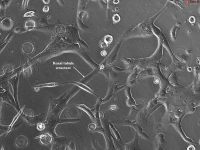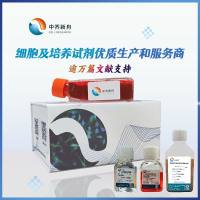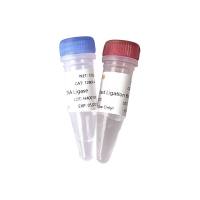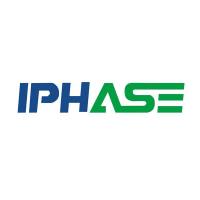Measuring the Formation and Repair of UV Photoproducts by Ligation-Mediated PCR
互联网
500
Several types of DNA lesions are formed on irradiation of cells with ultraviolet (UV) light (1 ,2 ). The two most frequent lesions are the cyclobutane pyrimidine dimers (CPDs) and the pyrimidine (6-4) pyrimidone photoproducts ([6-4] photoproducts; [6-4]PPs). In addition, UV irradiation produces, although at significantly lower levels, purine dimers, a photoproduct at TpA sequences, and pyrimidine monoadducts, such as photohydrates (3 ). CPDs are formed between the 5,6 bonds of two adjacent pyrimidines. The (6-4)PPs are characterized by covalent bonds between positions 6 and 4 of two adjacent pyrimidines and arise through a rearrangement mechanism. CPDs are about three times more frequent than (6-4)PPs (4 ). Both photoproducts are mutagenic, but it is believed that the CPD is the more harmful lesion in mammalian cells (2 ,5 ). CPDs persist much longer in mammalian DNA than (6-4)PPs owing to a significantly faster repair of (6-4)PPs (6 ). Perhaps because of the inefficient recognition of CPDs by the general nucleotide excision repair (NER) pathway, cells have developed other means to cope with this lesion. CPDs are subject to a specialized transcription-coupled repair pathway (7 ), which removes these lesions selectively from the template strand of genes transcribed by RNA polymerase II (8 ), but not from genes transcribed by RNA polymerase I (9 –12 ) or RNA polymerase III (13 ).









